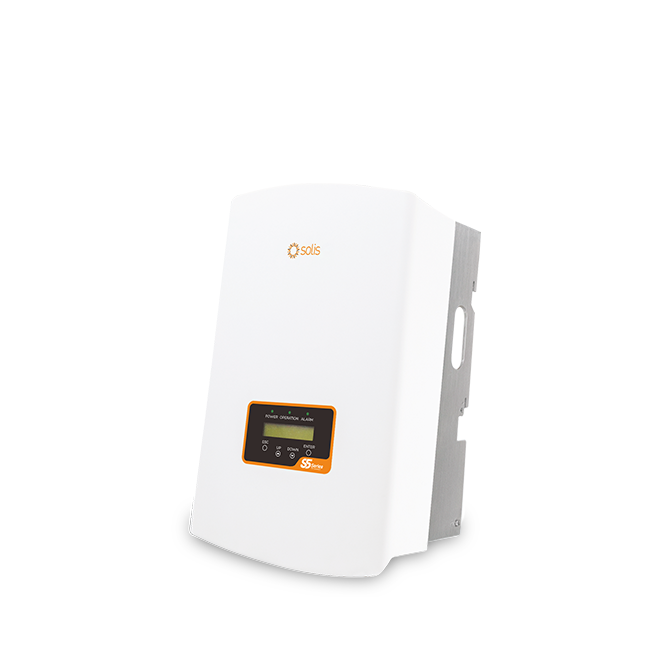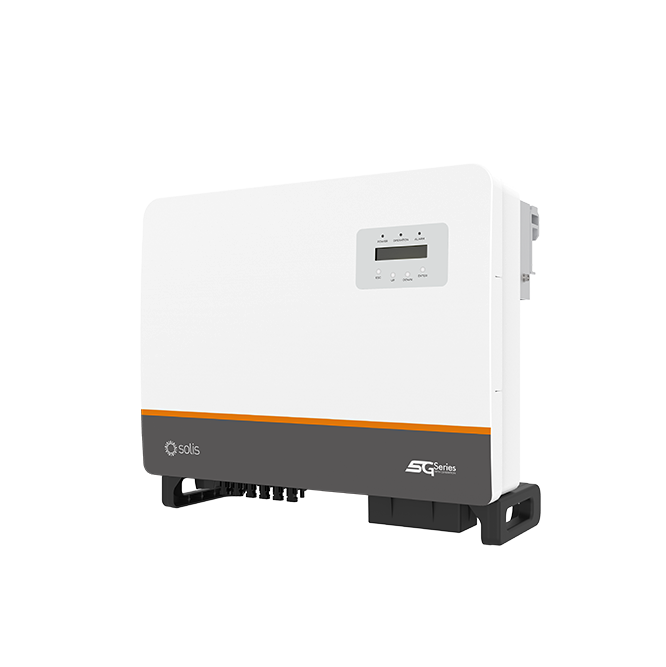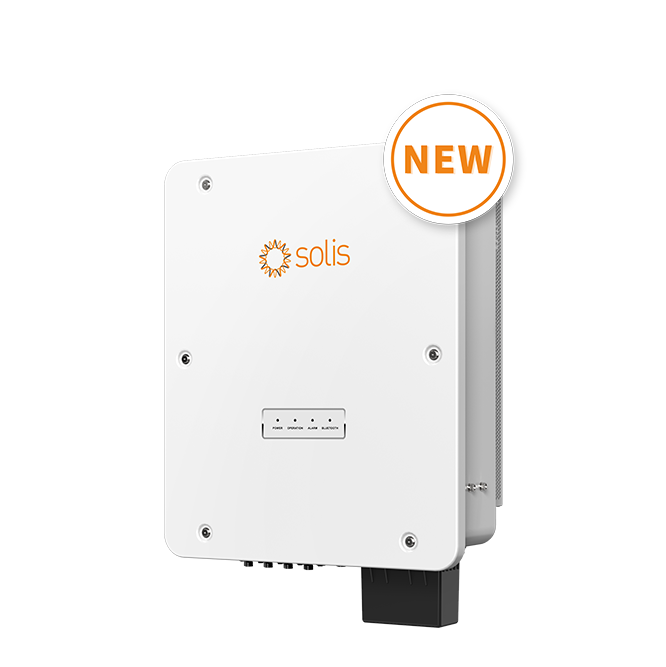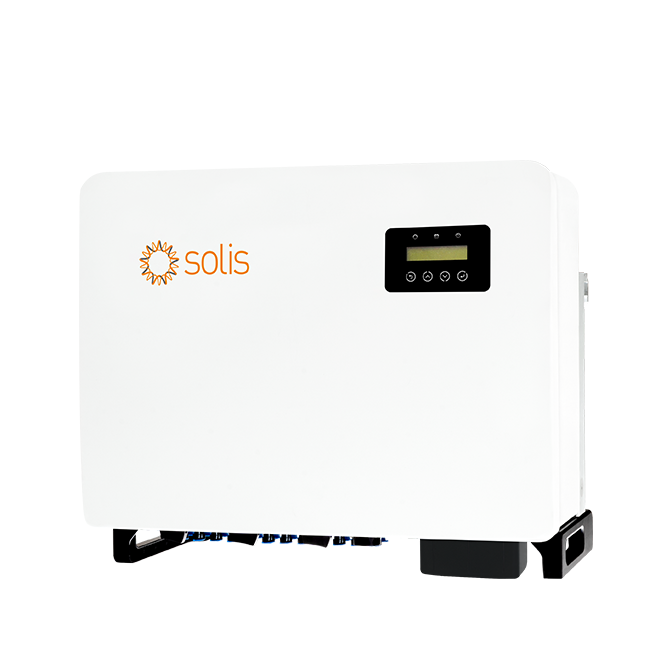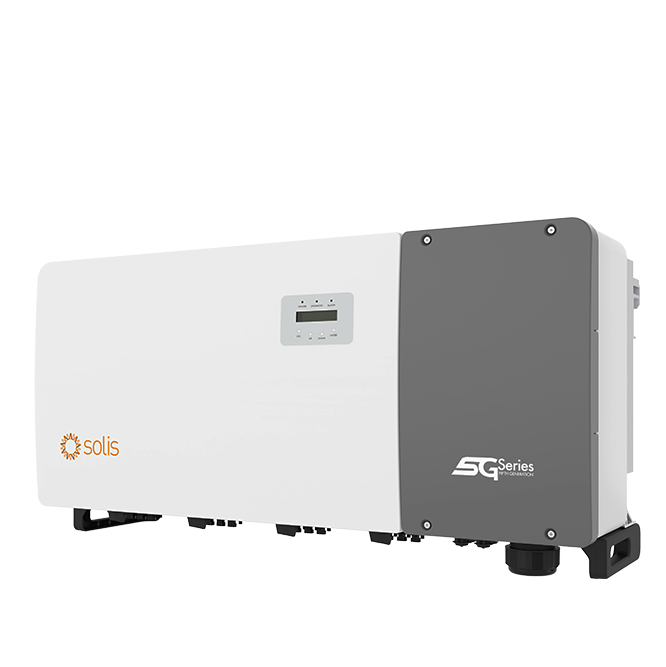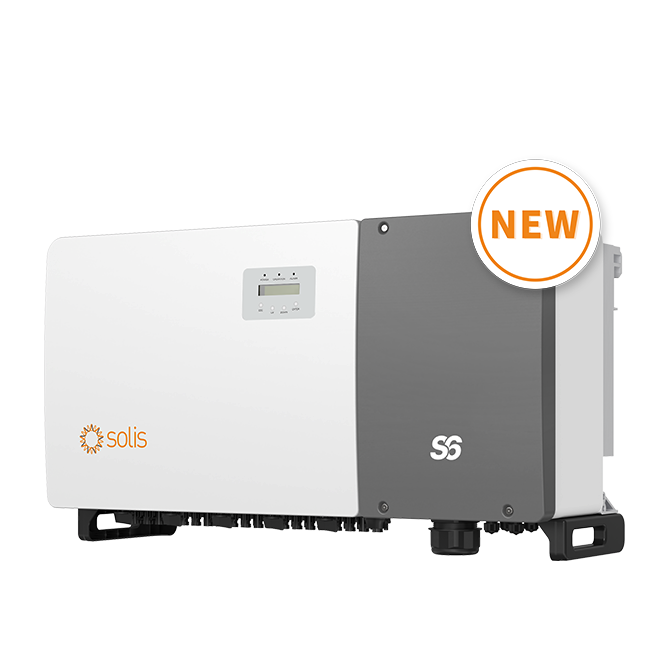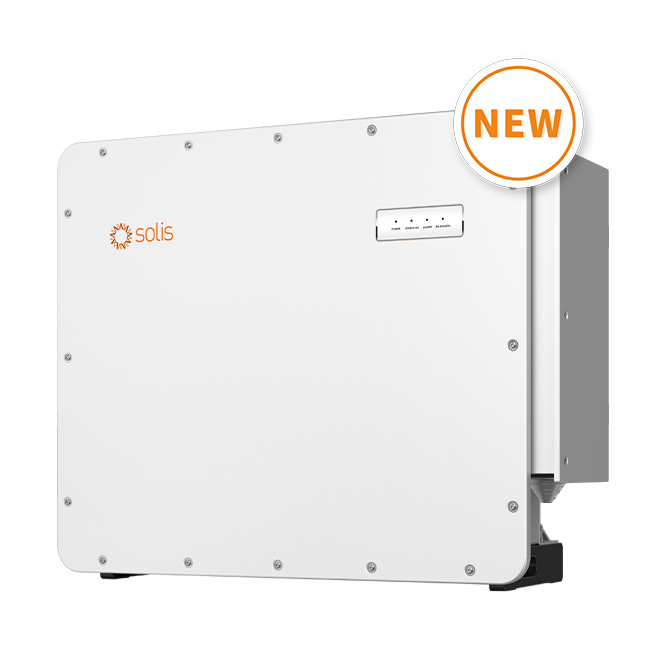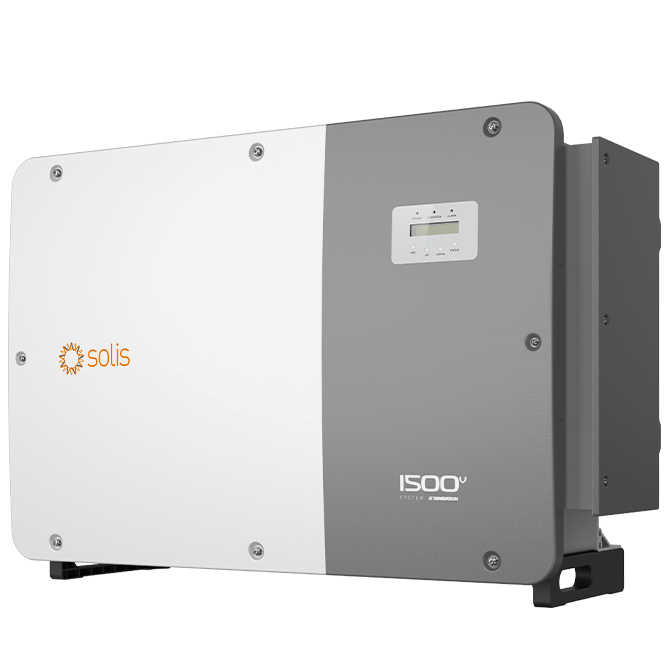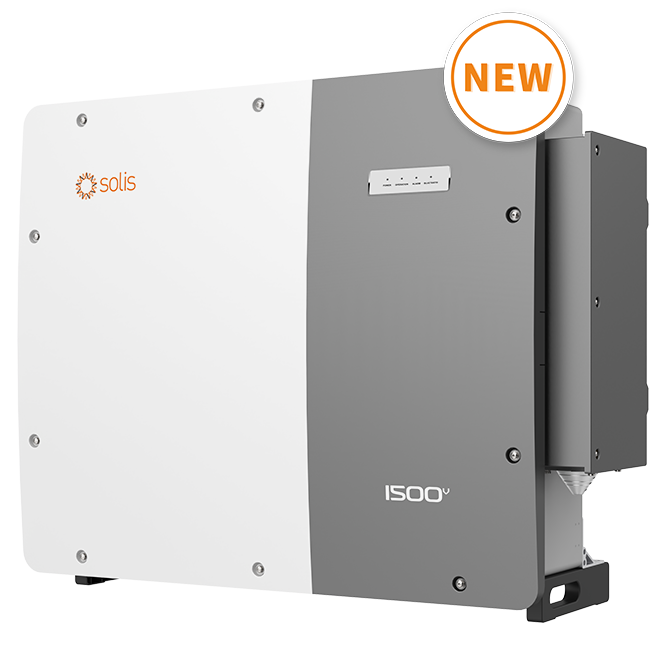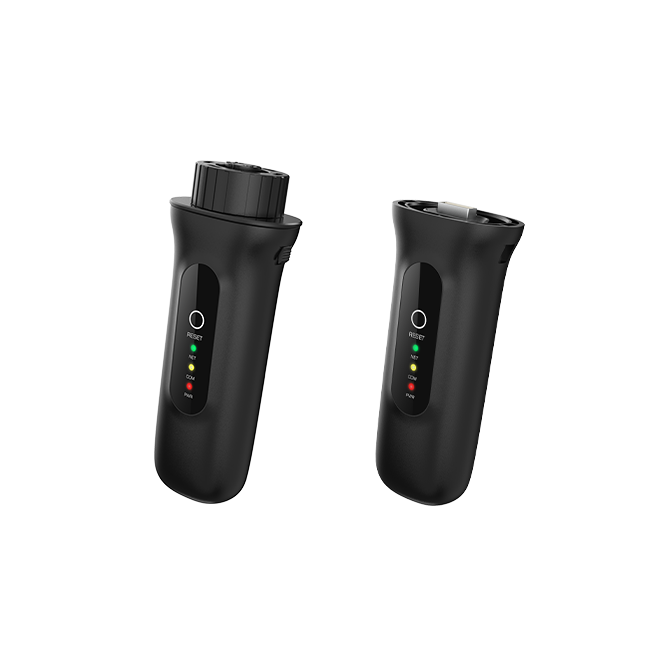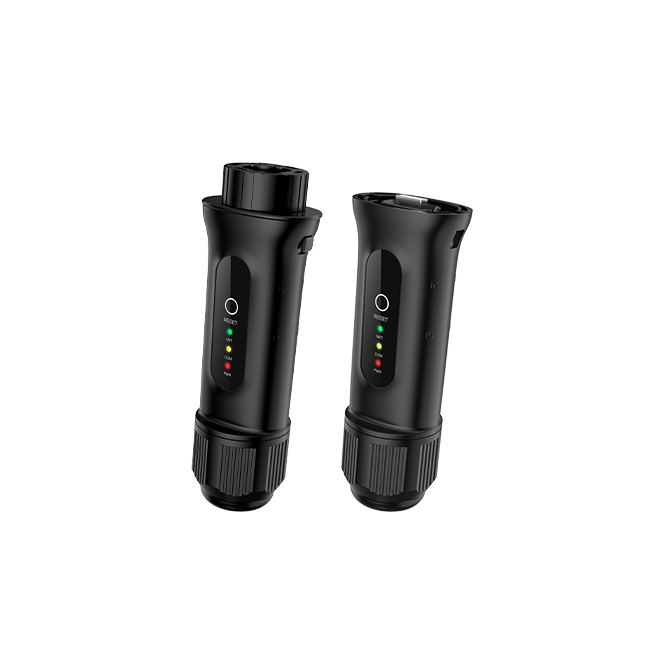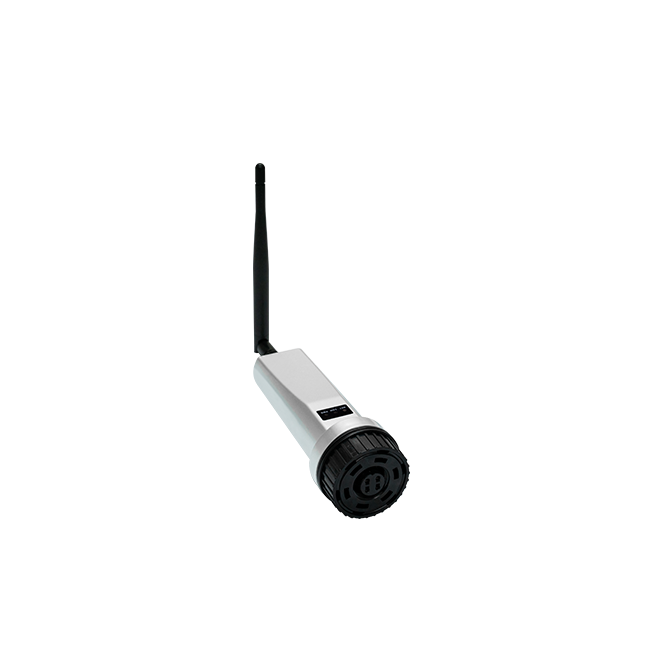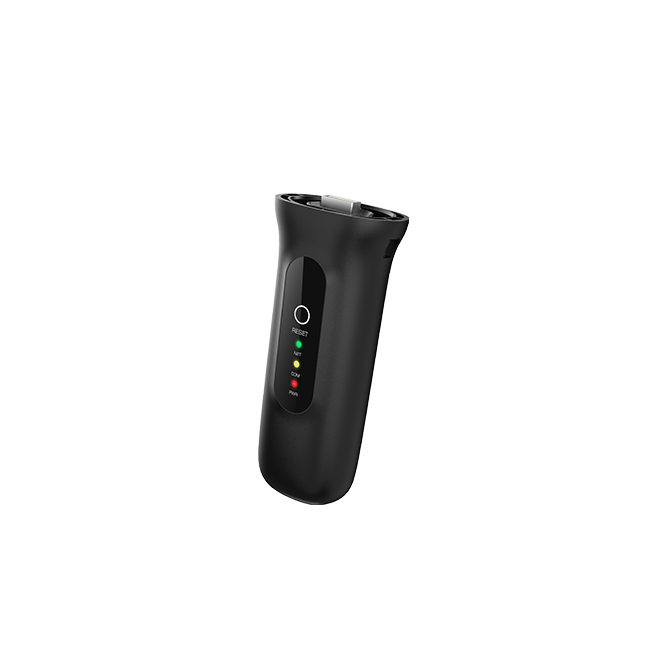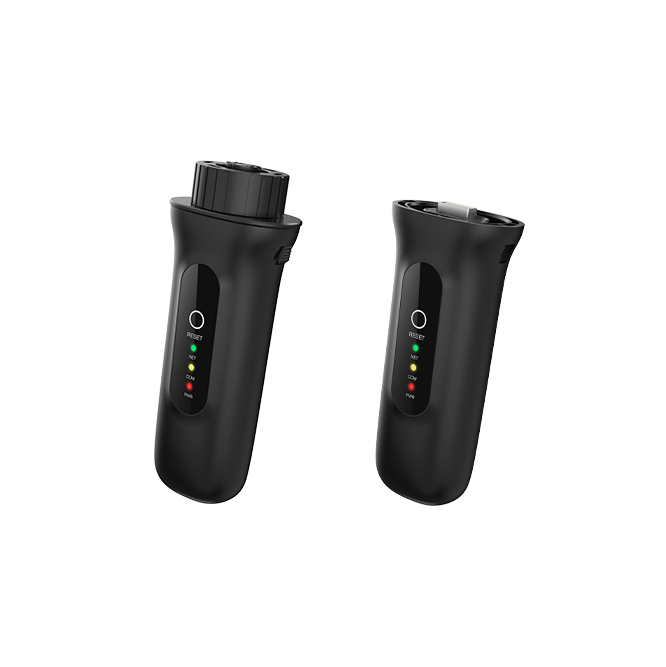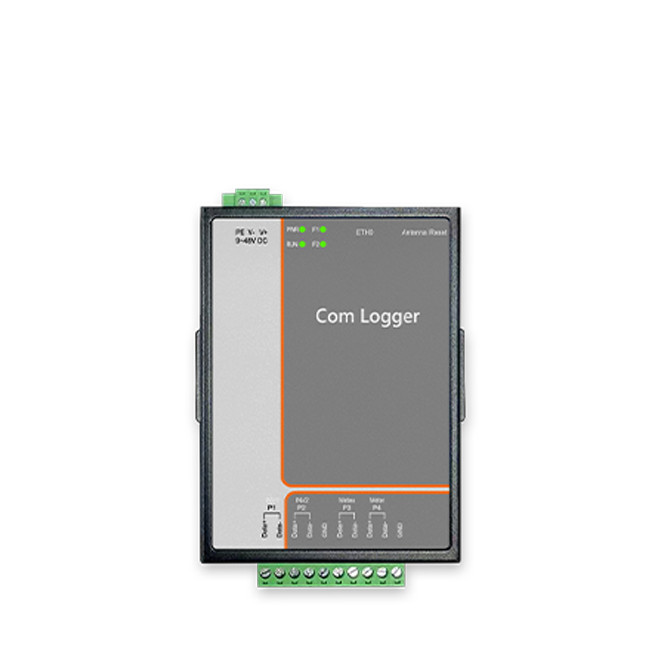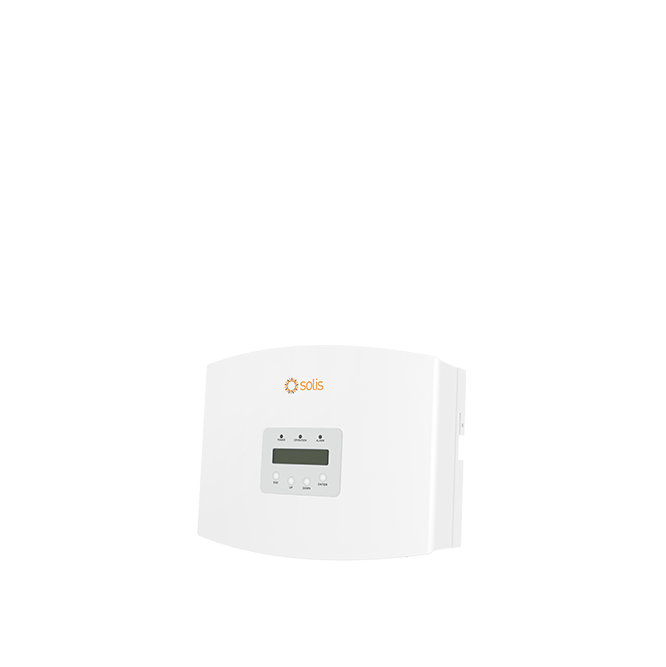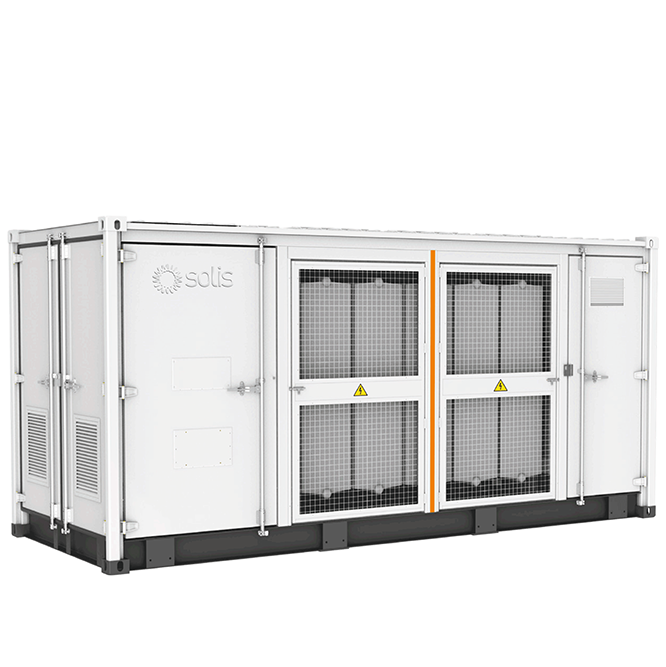Download
Background
Installing a PV plant is not only a contribution to environmental protection and green energy, but also a stable investment. Therefore, the rate of return of a PV plant is closely related to the amount of power generation.
Part of the installation of PV plans sometimes encounters that the overall operating power of it is low when the power plant is running, resulting in the power generation not reaching the reasonable value of the PV system with same capacity in the area. This Solis seminar will share with you some of the reasons and solutions for the low power generation of PV plans.
Causes and solutions for abnormal power generation of PV plants
1.PV panels are blocked by shadows, resulting in low power generation. For example, there are barriers such as utility poles and walls around the power station.
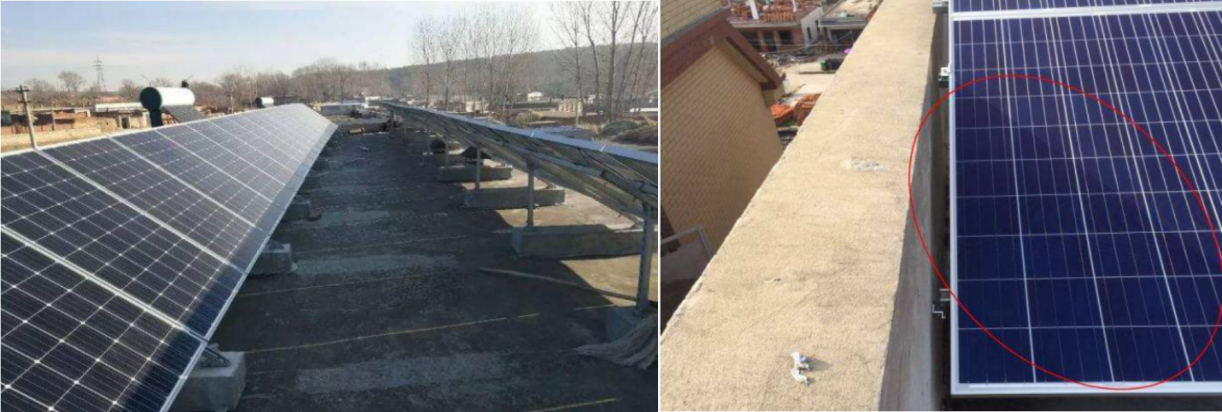
Solution: It is recommended to deal with the obstructions around the PV plant in time. If it is an installation and design problem, appropriate adjustments can be made according to the site conditions.
2.The accumulation of particulate matter on the surface of the PV panel causes pollution on the surface of the battery, resulting in a decrease in power generation, especially in areas with dense industrial emissions, where suspended solids are more likely to form.

Solution: It is recommended that the owner of the power station regularly clean the PV panels.
3.The number or model of PV panels connected to the same MPPT is inconsistent. Due to the "bucket benefit", the MPPT runs at the lowest PV string voltage, which leads to a decrease in power generation.
Solution: Check the PV panel model, orientation, angle, and quantity of the strings which connected to the same MPPT of inverter; ensure that these parameters are consistent.
4.The maximum current of the PV panel is higher than the Max. input current of the inverter, which causes the inverter to operate with a DC current limit, which causes the operating power to be lower than the reasonable power of the photovoltaic system.
Solution: For high-current PV panels, a string inverter compatible with high-current input can be used, or when the inverter input current allows, the number of strings connected to each MPPT can be reasonably reduced.
5 The PV panel used is unqualified or damaged, such as bubbles, variegation and other undesirable phenomena, which will affect the output power of the PV plant.
Solution:Replace bad PV panels in time.
6.The working environment of the inverter is too high or not ventilated. For example, if it is placed in direct sunlight, in a small enclosed and unventilated space, or there is a baffle in the heat dissipation duct, the inverter operation is limited by the surrounding temperature, and it work with “Temperature drop” mode.
Solution: The inverter must be installed in a well-ventilated area, and it is forbidden to place it in a closed space. In addition, for inverters installed outdoors, it is recommended to place sun visors on top of them to avoid direct sunlight, which helps to reduce the temperature of the inverter's working environment.
7.PV system over-frequency derating operation: This mode is an operation mode that the inverter adopts to reduce the power output in accordance with the corresponding power supply requirements to ensure that the frequency of the grid will not be too high.
Solution: For the system in the "over-frequency load shedding" operating state, according to the on-site working conditions and power supply requirements, you can choose to remove or keep this function:
Setup process:
Advantage settings→password 0010→STD.Mode Settings→Freq Derate Set→Select Mode: NULL→ENTER→Save & Send
8.PV plant performs reactive power compensation: If the reactive power compensation of the power supply system is insufficient, the inverter needs to generate reactive power to compensate the power supply system, which will cause the inverter to be in a "reactive power reduction" operation state. Reduce its active output.
Solution: In view of the "reactive power reduction" operating state of the inverter, it is recommended to check whether the reactive power compensation device in the power supply system is normal. If it is not normal, add or improve the reactive power compensation equipment of the power supply system. The power factor of the converter is corrected to 1.
9.Limited grid capacity: If the grid capacity is limited or the line loss is too large in the area, the grid will be over-voltage, especially when the power generation is high. This will cause the photovoltaic system to be disconnected frequently and cause power generation losses.

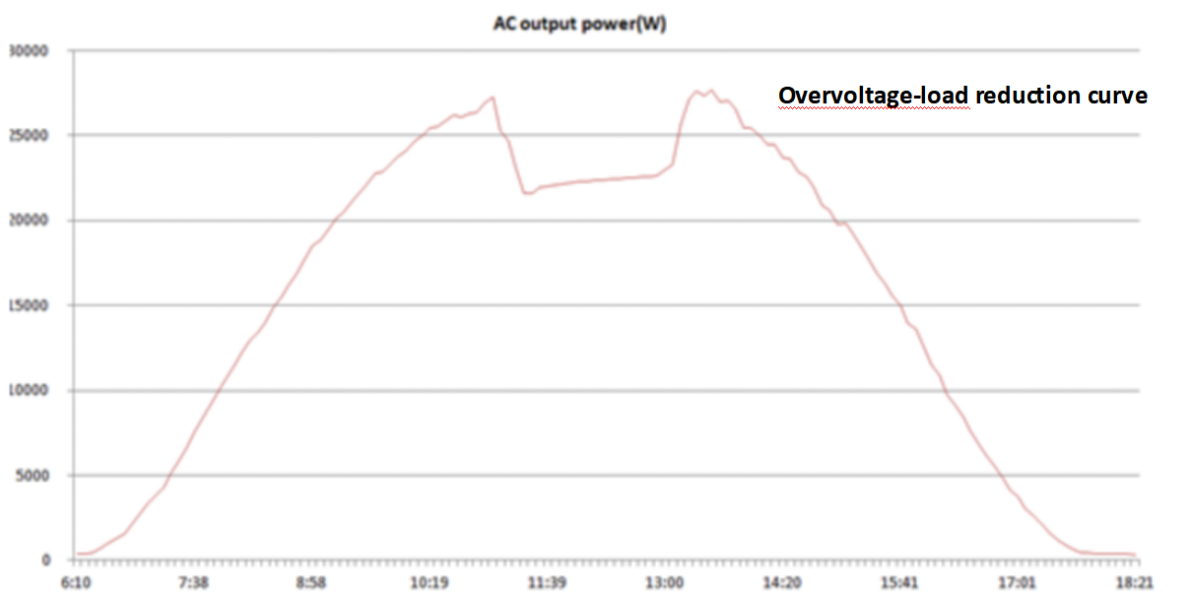
Solution: Aiming at the overvoltage problem of the on-site system due to the grid absorption. The inverter "overvoltage and load reduction" function can be used to prevent more power generation waste due to system disconnection.
Setup process:
Advantage settings→password 0010→STD.Mode Settings→Working Mode Set→Work Mode:Volt-watt→Set over-voltage voltage point & limit power value→Save & Send
10.The inverter cooling fan is faulty or the air duct is blocked, and it will run at a reduced power when the "fan abnormal" status is displayed;
Solution: Check whether the cooling fan is faulty or the air duct is not unblocked. If the fan is malfunctioning, the fan needs to be replaced. If the air duct is not unblocked, the vent needs to be cleaned in time.
11.The inverter was turned on by mistake in the constant voltage mode, resulting in low operating power.
Solution: For the inverter to turn on the constant voltage mode by mistake, it can be cancelled through the following setting process:
Setup process:
Advantage settings→password 0010→Special Settings→Cnst.Voltage Mode→CV Mode: STOP
Summary
The above points are some of the reasons for the low power generation that the engineers summarized at the site, but the factors that affect the PV plant are the power generation, and it is necessary to deal with different situations in time to avoid power loss.

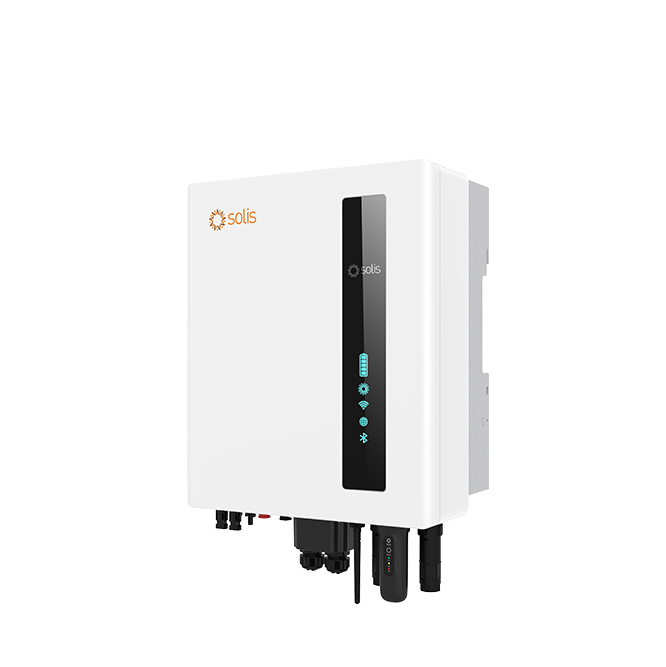 S6-EH1P(3-6)K-L-EU
S6-EH1P(3-6)K-L-EU
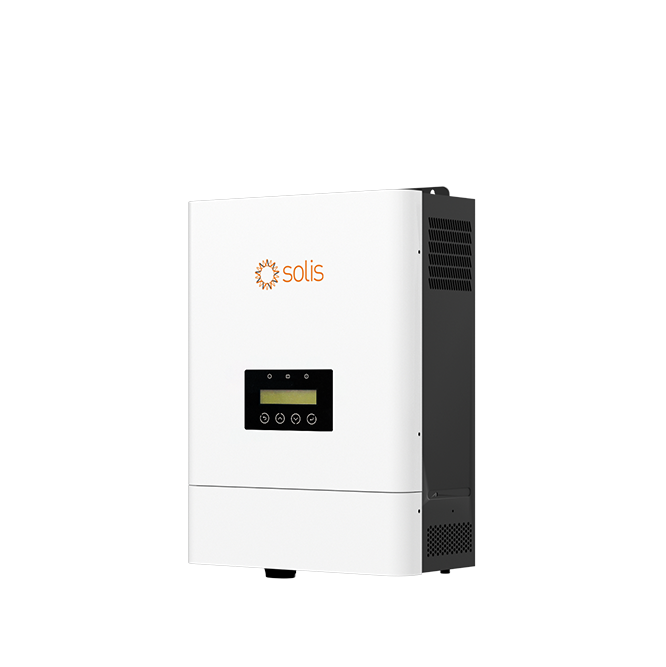 S5-EO1P(4-5)K-48
S5-EO1P(4-5)K-48
 S6-EO1P(4-5)K-48
S6-EO1P(4-5)K-48
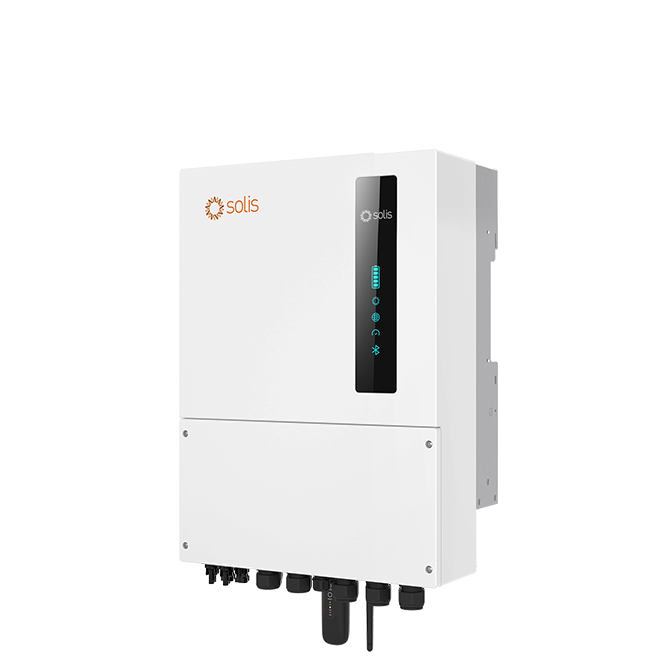 S6-EH1P(3-6)K-L-PRO
S6-EH1P(3-6)K-L-PRO
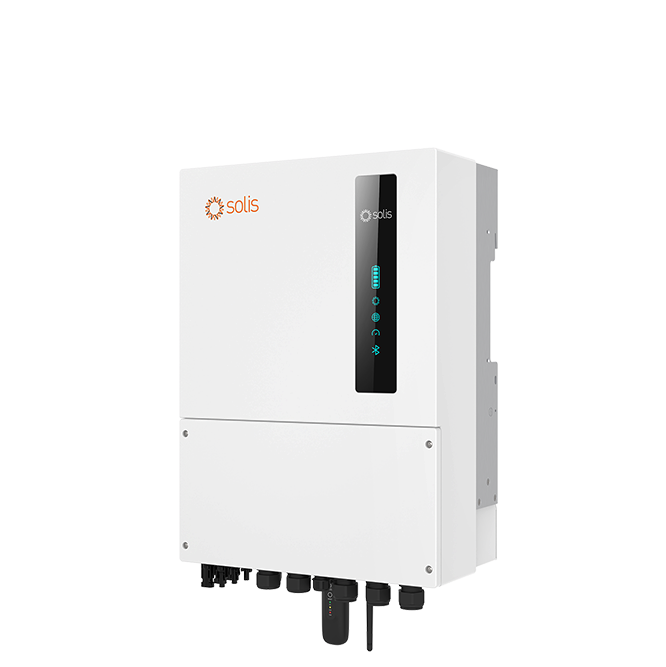 S6-EH1P8K-L-PRO
S6-EH1P8K-L-PRO
 S6-EH1P(3-8)K-L-PLUS
S6-EH1P(3-8)K-L-PLUS
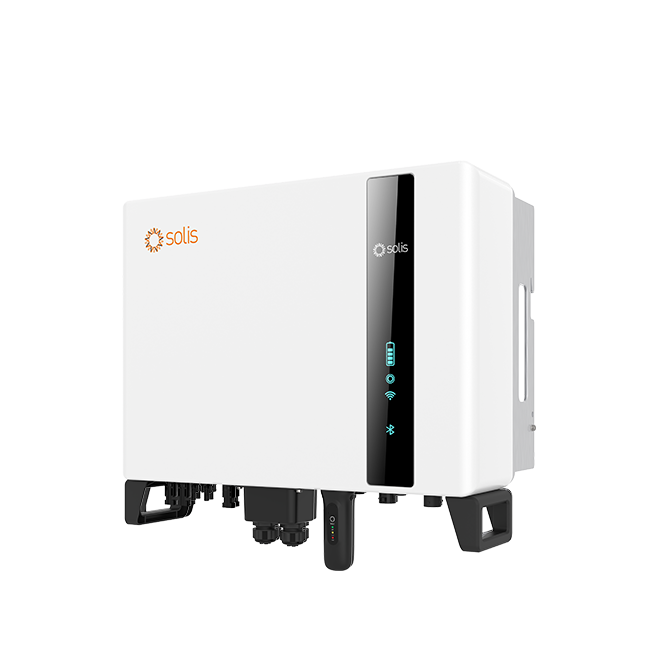 S6-EH3P(5-10)K2-H
S6-EH3P(5-10)K2-H
 S6-EH3P(8-15)K02-NV-YD-L
S6-EH3P(8-15)K02-NV-YD-L
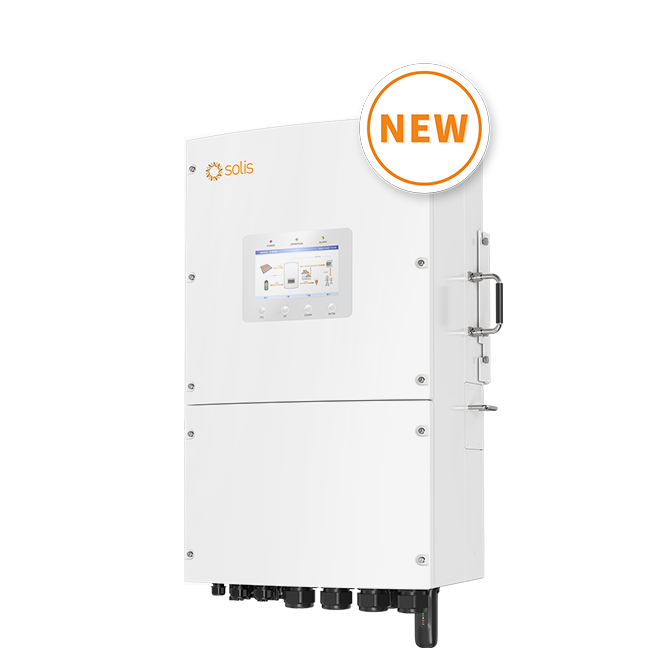 S6-EH1P(12-16)K03-NV-YD-L
S6-EH1P(12-16)K03-NV-YD-L
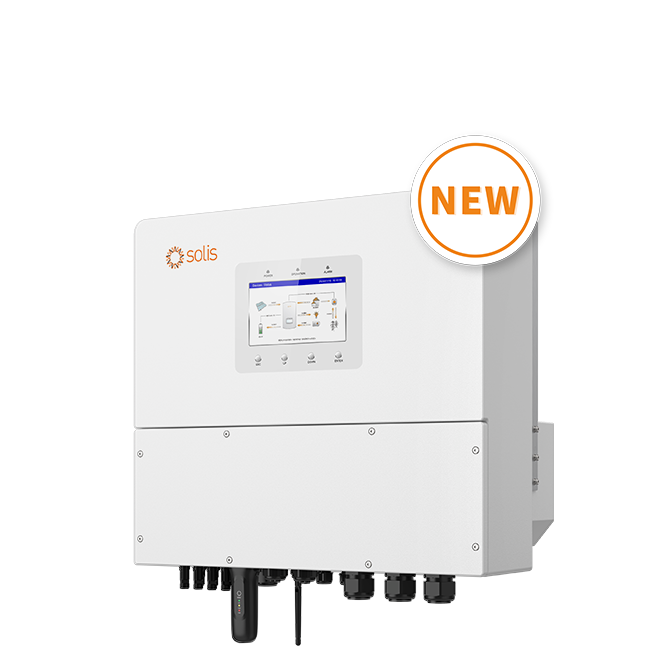 S6-EH3P(12-20)K-H
S6-EH3P(12-20)K-H
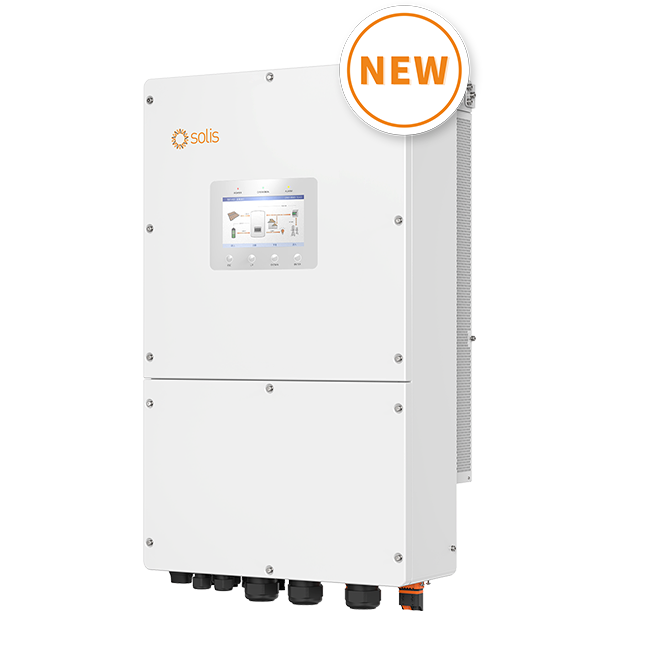 S6-EH3P(30-50)K-H
S6-EH3P(30-50)K-H
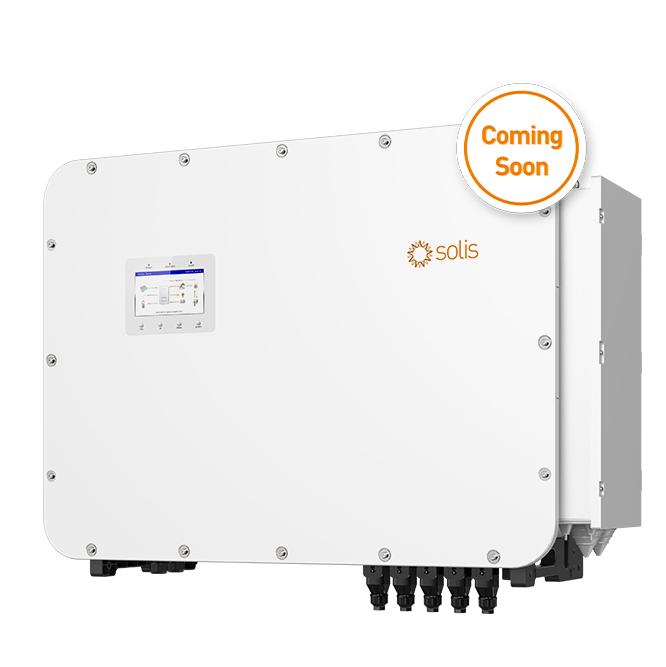 S6-EH3P(80-100)K10-NV-YD-H
S6-EH3P(80-100)K10-NV-YD-H
 中国
中国
 India
India
 Việt nam
Việt nam
 Australia
Australia
 대한민국
대한민국
 پاکستان
پاکستان
 ประเทศไทย
ประเทศไทย
Filipino
 Malaysia
Malaysia
 Bangladesh
Bangladesh
 Sri Lanka
Sri Lanka
 Indonesia
Indonesia
 Узбекистан
Узбекистан
 Ireland
Ireland
 Türkiye
Türkiye
 United Kingdom
United Kingdom
 France
France
 Deutschland
Deutschland
 Nederland
Nederland
 España
España
 Česká republika
Česká republika
 Sverige
Sverige
 Polska
Polska
 Україна
Україна
 Italia
Italia
 Português
Português
 България
България
 Magyarország
Magyarország
 Lietuva
Lietuva
 Ελλάδα
Ελλάδα
 United States
United States
 Canada
Canada
 México
México
 Brasil
Brasil
 República de Chile
República de Chile
 South Africa
South Africa
 المملكة العربية السعودية
المملكة العربية السعودية
 الجمهورية اللبنانية
الجمهورية اللبنانية
 امارات عربية متحدة
امارات عربية متحدة
 اليمن
اليمن
 المملكة الأردنّيّة الهاشميّة
المملكة الأردنّيّة الهاشميّة
 جمهورية مصر العربية
جمهورية مصر العربية
 la République Tunisienne
la République Tunisienne
 Kenya
Kenya
 Tanzania
Tanzania
 Nigeria
Nigeria
 Other Countries and Regions
Other Countries and Regions
